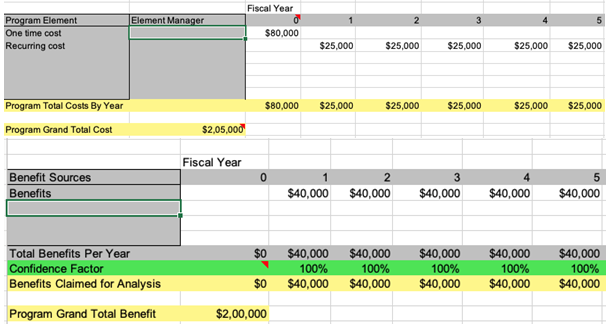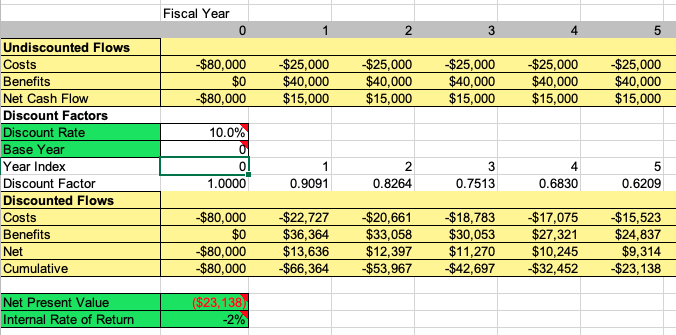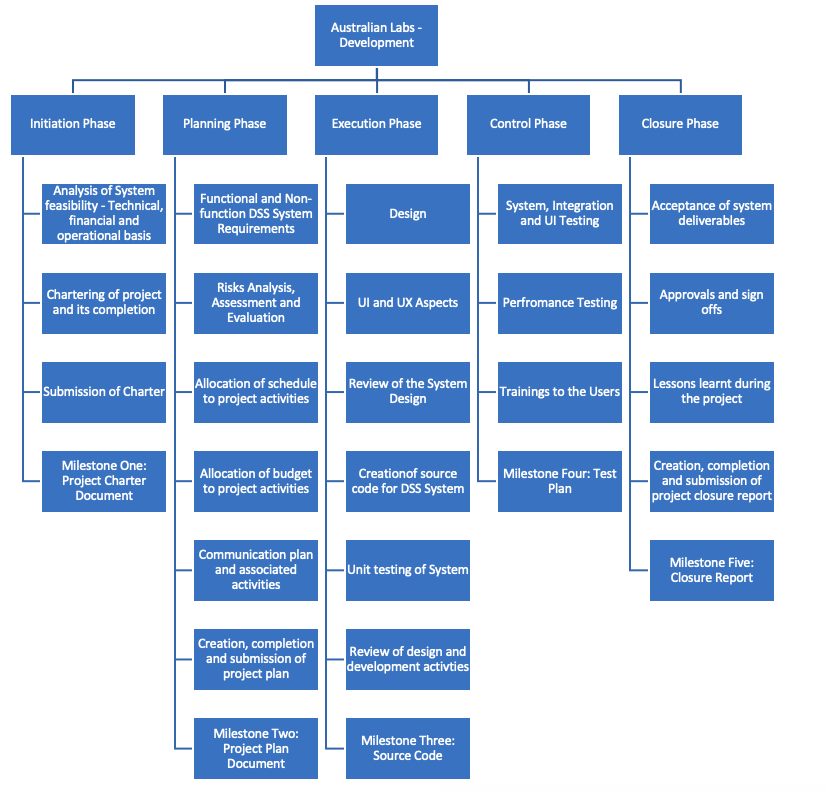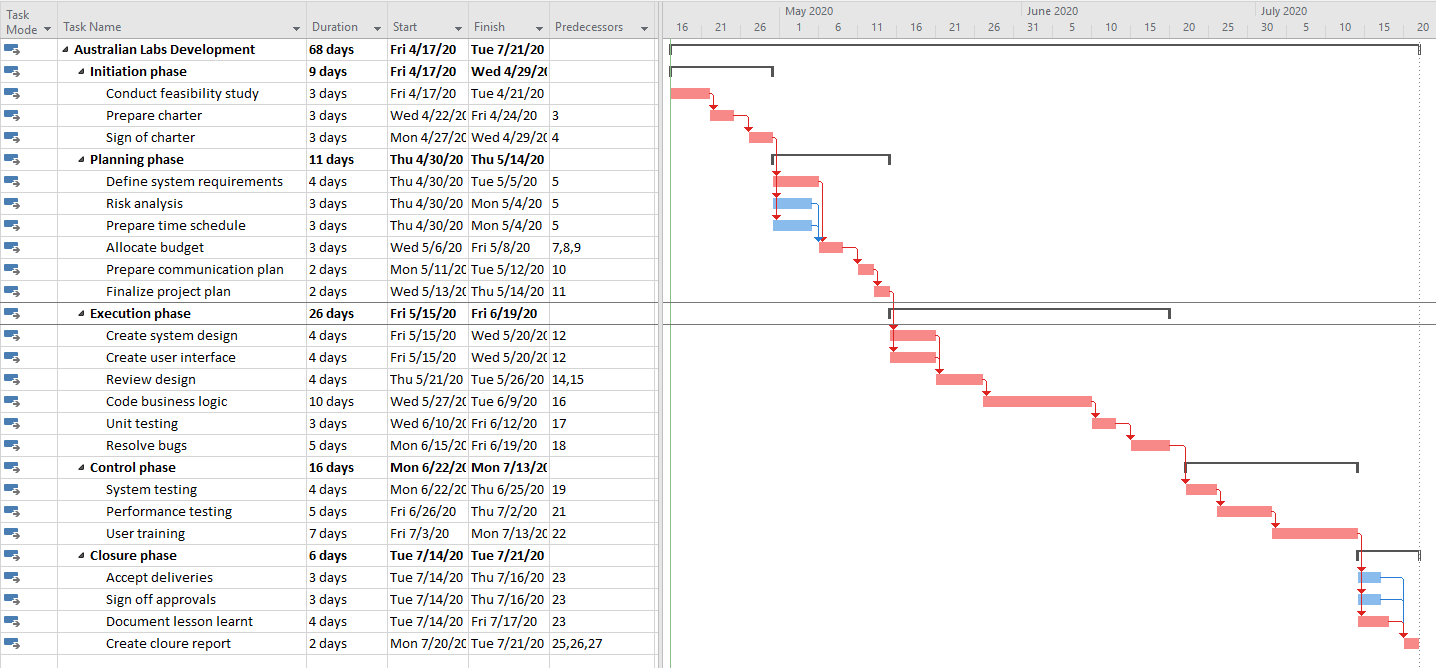Systems Development Assignment On Project’s Feasibility For Australian Labs
Question
Task:
For the purpose of this assignment, you are assumed to be one of the software consultants appointed to shoulder the system analysis responsibilities in, the project outlined in the case study.
You will plan and manage the project as well as investigate and document its system requirements. For your Assignment 1 submission, you will produce a report that discusses this project based on your understanding of it and the related investigation results through the tasks below.
Task 1: (10 marks)
Approaches to Systems Development
- How would “Australian Labs” go about developing its information systems? (5 Marks)
- Justify your choice of your selected approach to systems development. (5 Marks)
Task 2: (15 Marks)
Systems Requirements
- What are the primary functional requirements for the system in the case study? (10 Marks)
- What are the non-functional requirements for the system in the case study? (5 Marks)
Task 3: (15 Marks)
Project Cost Benefit Analysis
- Discuss your Project Cost Benefit Analysis. (7.5 Marks)
- Provide an excel spread sheet with details in a Project Cost Benefit Analysis. (7.5 Marks)
Task 4: (20 Marks)
Project Schedule
- Show a work breakdown structure and a project schedule as a Gantt Chart. Explain both of them and discuss how they relate to each other. (10 Marks)
- Given the system goals, requirements, and scope as they are currently understood, is the project schedule reasonable? Why or why not? (10 Marks)
Task 5: (25 Marks)
System Information Requirement Investigation Techniques
- Who are the stakeholders involved? (5 Marks)
- Explain your choice of the 3 most useful investigation techniques. (10 Marks)
- Justify the usefulness of these 3 investigation techniques. (10 Marks)
Answer
1. Introduction
The systems development assignment aims at analysing whether the proposed project for Australian Labs will be feasible or not. First of all, current issues of current manual inventory system of Australian Labs are found out and then efficient approach for system development is selected to resolve the issues through an automated system. Thereafter, system requirements of proposed system are identified as functional and non-functional requirements. In order to check the economic feasibility, cost benefit analysis has been carried out. A work breakdowns structure has been created within the systems development assignment to identify the complete work scope of the project. Project schedule is created to find out the timeline of development of project.
2. Approach to Systems Development
2.1 Developing information system
Australian Labs operations are all manual which includes maintain contacts of users / patients, status of the requests, generating invoices and managing the inventory. Following are key issues outlined in the below section of systems development assignment generating from the current system:
- Data duplication using paper.
- No efficient means to maintain status and delivery.
- Not easy to access necessary information as and when required by the patient.
- It is difficult to maintain the information of all types of test, patients and staffs.
Because of the mentioned issues, Australian Labs system is not handled in an efficient manner. Hence, the current manual system needs to be replaced with an automated system and to achieve it Agile Methodology is selected for system development.
2.2 Approach for system development
To develop automated inventory tracking system for Australian Labs, Agile methodology can be chosen. Agile works on incremental approach i.e. it builds a progression of models and always get feedbacks from clients and confirmations from them to proceed further. As per this procedure, developers update the already created system, extend and include the new extensions with the prior requirements. Agile methodology helps Australian Labs to eliminate the concerns because:
- Since number of patients is always increasing, the requirements shall keep on changing constantly in the business. Hence, Agile is the most efficient approach for the given scenario. Data about different patients, tests, requests, payments and invoices are required to be maintained which keep on changes with time.
- The automated system eliminates data inconsistency which exists in manual system.
- Agile approach works on spiral method hence the deadlines, etc. are managed through feedback received from the user.
3. Systems Requirements
Following are functional and non-functional requirements of the given case study explored in the context of systems development assignment:
Functional requirements:
- Registration – Patients or new users must register before using the system.
- Authentication – Patients, staff and administrator must have valid login credentials to access the system.
- Authorization levels – As per the hierarchy of users, different access levels are defined for every user. A user can be an administrator, patient and staff. Administrator shall have all access to data and can update records. A staff can add new data and read them as well but cannot do any modification. On the other hand, patient can only add his/her data and even update and read it but cannot read other users’ data.
- Create test request – Users should be able to create test sample request online.
- Track test request – Users should be able to track their test requests.
- Payment – Users should be able to make payment through the automated system.
- Administrative functions – Administrator should be able to add, edit and delete test details and user. Details as per the authorization levels.
- Report generation – Users should be able to create reports for analysis and business evaluation.
Non-functional requirements:
Following are key Non-functional requirements of the system illustrated within the systems development assignment:
- System should provide secure authentication and only authorized users should be allowed to access the system.
- System should provide faster data retrieval, sufficient storage space and updation.
- System should have user-friendly interface.
- Data backup mechanism should be followed
- Secure payment process.
- System should be easily scaled in future.
- There should not be any compatibility issues.
- Accurate generation of reports.
4. Project Cost Benefit Analysis
The concept of cost benefit analysis explored herein systems development assignment is defined as the process of decision making by comparing involved costs with the benefits generated from the information system. It is done to check whether it is advisable to invest in the project (Shelly & Rosenblatt, 2012). Cost benefit also analyses if the proposed system is economically feasible and also compares with alternative solution. In the given case study of Australian Labs, cost benefit analysis is conducted to measure the economic feasibility. $80,000 is one-time cost for development. $25,000 is the recurring costs for 5 years and a benefit of $25,000 is estimated with 10% discount factor.
To estimate the economic feasibility, Net Present Value is estimated. In addition to this, Return on Investment is also calculated. Payback period is also calculated. As per the calculation done in the systems development assignment, Net Present Value is negative and ROI is also negative which shows that proposed project of Australian lab is economically not feasible and proposed project should not be initiated.


Table 1: Cost benefit analysis
5. Project Schedule
A work breakdown structure is a list of all tasks required to complete the project. Some of the tasks are broken down into sub-activities. WBS outlines the tasks and sub-tasks involved in the project discussed herein systems development assignment.

The proposed project is divided into activities: Initiation phase, planning phase, execution phase, control and closure phase. All of them are divided into sub-tasks as shown above within this systems development assignment.
Project schedule is defined as the total time divided among the defined activities in order to complete the project. An exhaustive project schedule lays down the activities and tasks and then required manpower is estimated. Project schedule helps in finding out the accurate feasibility analysis.
Project schedule has been created using the work breakdown structure (Satzinger, Jackson & Burd, 2014) and it is shown in the following figure:

FIGURE 1: Gantt chart
The total duration of the project is 68 days. Tasks which are highlighted in red form the critical path. Critical tasks are as follows:
Conduct feasibility study > Prepare charter > Sign of charter > define system requirements > Allocate budget > Prepare communication plan > Finalize project plan > Create system design > Create user interface > Review design > Code business logic > unit testing > Resolve bugs > System testing > Performance testing > user training > Document lesson learnt > Create closure report.
Execution phase is the longest phase of the entire project i.e. 26 days.
From the schedule given in the systems development assignment, it can be observed that most of them are critical tasks and very few of them have slack. Hence it can be inferred that task can be completed within the given time. There are multiple critical paths but both them have same duration. Hence, the project may be completed in the given time without any delay with given resources.
6. What is the role of System Information Requirement Investigation Techniques in the context of systems development assignment?
Stakeholders – They are those users who are involved in the project with a defined task.
Following are key stakeholders of the project:
Internal stakeholder –
- Staff
- Testers
- Owner
External stakeholder –
- Customer
- External supplier for instruments
Investigation techniques
Following are key investigation techniques discussed in this systems development assignment in system analysis:
- Interview – This technique is said to be the best approach for analysing business operations and business rules (Valacich & George, 2016). In this technique, investigators held meetings with clients. They ask different queries and talks until all the pre-requisites are resolved. Before conducting the interview, business analysts prepare for it, conduct interview and following up the interview. Interview technique provides huge amount of information along with wealthiest knowledge. It ensures face to face meeting with the respondents, collect key information which is sufficient enough to clear the confusions regarding the requirements (Amyot & Williams, 2005).
- Questionnaire – This technique prepares a standard set of questions. It is used when data is required in a particular area (Valacich & George, 2016). Also, when responses are required from large set of people then in place of interview technique, questionnaire can be distributed to them and respective responses can be collected. This technique is easy to use, analyse and very simple to use. It can be paper based also or sent via electronic mail.
- Document analysis – It is defined as a method which analyses the existing information, documents, etc. of the current system. It helps in obtaining realtime and actual data about the system. It is a faster method of gathering data.
7. Reflections and Conclusions
In this systems development assignment, I learnt implementation of many concepts such as how to break and allot time to individual activity and sub-activities. Then to assess economic feasibility, I implemented the concepts of ROI and NPV and using them I learnt how it can be decided that whether system should be given a go-ahead.
The proposed system needs to have an automated test management / inventory management system. It shall provide an online payment method and a very easy to use interface. It also aims at satisfying the requirements of the proposed system and also plans to increase the business profits. In order to combat with the issues encountered, appropriate methodology for system development has been selected. Along with this, system requirements were also identified and cost benefit analysis was conducted to find the economic feasibility of the proposed system.
8. References
Amyot, D., & Williams, A. (2005). System analysis and modeling. Berlin: Springer.
Satzinger, J., Jackson, R., & Burd, S. (2014). Systems analysis and design in a changing world (2nd ed., pp. 12-15).
Shelly, G., & Rosenblatt, H. (2012). Systems analysis and design (2nd ed., pp. 12-14). Systems development assignment Boston: Course Technology Cengage Learning.
Valacich, J., & George, J. (2016). Modern systems analysis and design (2nd ed., pp. 12-15).












